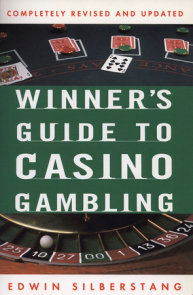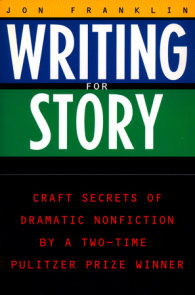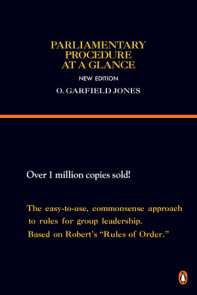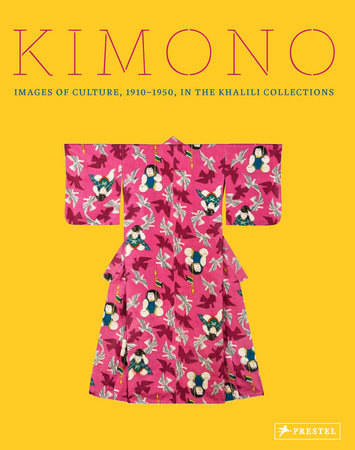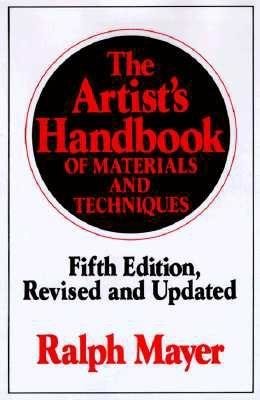

The Artist's Handbook of Materials and Techniques
By Ralph Mayer
By Ralph Mayer
Part of Reference

-
$60.00
May 31, 1991 | ISBN 9780670837014
Buy the Hardcover:
YOU MAY ALSO LIKE
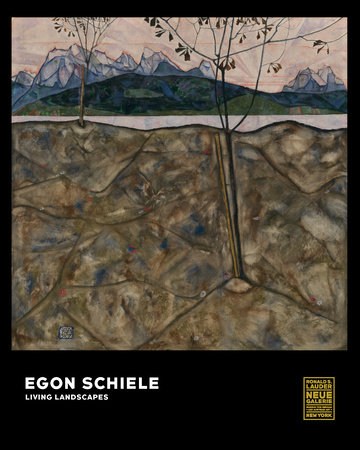
Egon Schiele

The Art of The Legend of Vox Machina

The Art of The Legend of Vox Machina (Deluxe Edition)

The Art of Returnal
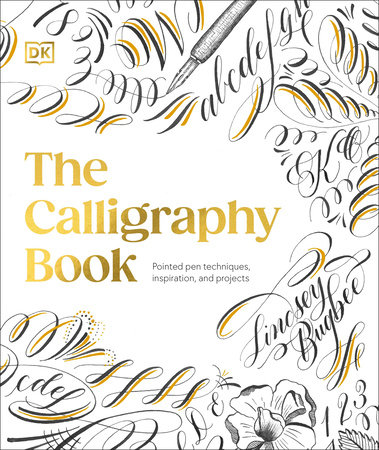
The Calligraphy Book
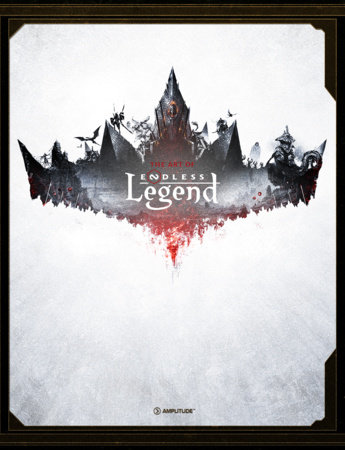
The Art of Endless Legend

The Art of Masters of the Universe: Revolution
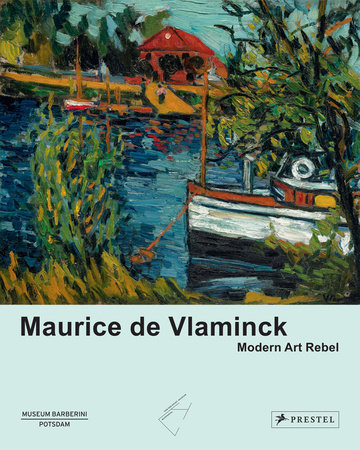
Maurice de Vlaminck
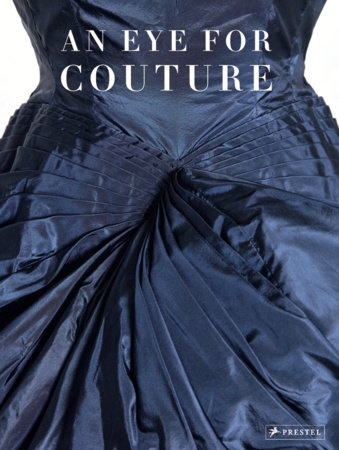
An Eye for Couture
Table Of Contents
The Artist’s Handbook of Materials and TechniquesPreface
1. Introductory Notes
Drawing. Painting. Binders: how they work; the characteristic appearances of different types. Adhesion of materials to surfaces: importance of fresh paint. Balanced formulas. Color stability. Permanence of paintings. The artist’s responsibility toward permanence and the control of effects. Homemade materials. Quality in ready-made supplies. Standard specifications for artists’ materials. Modern paint technology. Choice among tube colors. Historical notes: review of materials and methods of the various periods in art; origins of traditional painting processes. Records and documents. “Secrets of the Old Masters.” Influence of craftsmanship on artists’ work. The development of new techniques and the re-creation of traditional effects.
2. Pigments
A note of caution. What they are. Body color and glaze. Requirements for a paint pigment. Classifications, general characteristics, types, grades, and properties. Lakes. Reduced pigments. Mass tone and undertone. Composition. Nomenclature. A catalog descriptive list of pigments arranged alphabetically. A list of ASTM approved pigments with descriptions and specifications. Permanent palettes of traditional pigments for the various techniques of painting. Additional information on the pigments in general use, matching of color. Permanence of pigments. Restricted palettes. Variation in hues of tube colors. Color as a tool of technique. Lead poisoning. Pigment testing and refining. Color and light; optical effects, theories, and definitions.
3. Oil Painting
Its universal popularity; comparison with other methods; advantages and defects. What paint is; function of the vehicle. Drying oils, various kinds, and types, their selection. Oil colors, how and why they are ground. Properties, oil absorption of pigments, reactions between pigment and oil, additions of other ingredients. Stabilizers. Hand-ground colors. Paint tubes. Fine grinding. Consistency. Painting in oil; coarse textures; mat finish. Structure of paint films. Repellent surfaces. Retarding of drying. Painting over old canvases. Simple rules for permanence. Defects in paintings and their causes. Varnishes, what they are, how made, various types, their uses; home manufacture. Natural resins, descriptions of the various kinds. Synthetic resins. Oleoresins. Flat and mat varnishes. Inspection of oils and varnishes. Driers, their properties, behavior, and use. Glazes and glazing; requirements, uses, formulation, and application. Painting mediums of the past.
4. Acrylics
History and description. Colors based on synthetic resins; polymer colors. Component systems. Special effects in polymer painting. Straight acrylic colors.
5. Tempera Painting
Definition, description, characteristics, comparison with oil painting. Tempera vehicles, emulsions. Egg tempera, preparation, handling, and brushwork. Egg and oil emulsions. Gum tempera. Wax emulsions. Oil soluble emulsions. Casein emulsions. Tempera techniques; mixed techniques. Ready-made materials.
6. Grounds for Oil and Tempera Painting
Grounds and supports. Canvas, oil grounds, their materials, properties, and application. Wooden panels. Various types and brands of wallboards. Gesso grounds, their nature, properties, defects, and methods of manufacture. Emulsion grounds. Colored grounds. Miscellaneous supports and grounds.
7. Watercolor and Gouache
Watercolor and gouache defined and described. Watercolor paints. Paper. Homemade colors; vehicle for watercolor and gouache. Transparent watercolors. Painting techniques. Gouache: its materials and uses. Recipes for gouache colors.
8. Pastel
Nature of the process, its characteristics, permanence, advantages, and disadvantages. Homemade crayons. Painting in pastels. Fixatives. Care of the pictures.
9. Encaustic Painting
Its status, current revival, materials, and methods of painting. Equipment, procedures, and variations.
10. Mural Painting
The mural character. Technical requirements. Fresco painting, the process. Its durability under prevailing destructive conditions; its properties and advantages. Historical notes. Procedures; the wall, lime plaster, mortar, application, defects, and some notes on painting. Secco and variations. Painting in oil on walls, various methods and procedures. Mural canvases. Gesso and tempera on walls. Painting with liquid silicates. Water-glass method. Ethyl silicate painting, its materials and instructions for its application. Porcelain enameling. Aqueous medium. Mosaic. Comparative values of mural techniques.
11. Solvents and Thinners
The thinners or diluents used with oil paints, varnishes, and lacquers and as solvents for their ingredients. Requirements for a thinner. Effect on paint. Toxicity and inflammability. Mutual solvents. Descriptions of the various solvents now in use; general information on their various properties and functions. Comparative rates of evaporation.
12. Gums, Casein, Glues, Waxes
Gums, definitions, the various kinds described and their properties and uses discussed. Casein: its description, properties, and solution; its behavior as a binder and as an adhesive. Casein paints and painting; uses, descriptions, and techniques of handling. Glues and pastes. Descriptions and instructions for handling the various types. Glycerine. Preservatives for glues, gums, and other aqueous binders and adhesives. Waxes: descriptions, properties, and uses of the various types. The essential oils or essences.
13. Chemistry
Part One: Outline of basic theories, laws, explanations, and examples. Uses and behaviors. Organic chemistry. Physical topics. Part Two: Chemical and technological aspects of the various materials and processes used in creative painting, scuplture, and printmaking. Nature of raw materials. Present standards of technology and control. Drying oils. Influence of ground. Litho varnish. Acid number, iodine value, particle size. Driers. Natural and synthetic resins. Synthetic organic colors. Solvents. Water. Tempera emulsions. Glues, gelatin, and casein. Plaster of Paris. Saponification. Lithography. Etching. Ethyl silicate.
14. Conservation of Pictures
General remarks and rules. Oil paintings. Relining; pressure, non-aqueous adhesives. Transferring. Patches. Cleaning; removal of dirt and old varnish with solvents. Repaints. Cleaning without solvents. Mold, insects. Various methods of filling in lacunae; repainting. Observations. Cradling old panels. Varnishing. Keeping photographic records. Framing in relation to conservation. Repair and conservation of pictures on paper; cleaning, bleaching, deacidification. Mounting and framing works on paper.
15. Miscellaneous Notes
Toxicity of artists’ materials. Brushes; descriptions and general information about the various types and forms of bristle and hair brushes; their functions; care and selection of brushes. Painting and palette knives. Airbrush. Palettes. Inks. Collage. Rubbings. Notes on gilding, and various other metallic effects in paintings; gold leaf, gold powder, the various manipulations of gilding with gold and palladium; imitations. Notes on perspective; outline data on the construction of its effects in painting and drawing. Notes on the graphic arts, the technical aspects and outline descriptions of lithography, etching, engraving, wood-block and linoleum printing, serigraphy. Notes on sculptor’s materials—clay, stones, cements, metals, woods.
16.Appendix
Tables and other supplemental material referred to in the text. The use of formulas. Weights and measures. Conversion factors for metric and customary units. Thermometer scales. Hydrometry. Calculations for altering the strengths of solutions. Glossary of terms. Retail sources of some materials. Specifications of the American Society for Testing and Materials for Artists’ Paints D4302.
17. Bibliographies
Lists of books pertaining to the various branches and the technology of drawing, painting, sculpture, printmaking, and conservation, arranged chronologically by titles under their various headings with annotations and comments.
Index
21 Books You’ve Been Meaning to Read
Just for joining you’ll get personalized recommendations on your dashboard daily and features only for members.
Find Out More Join Now Sign In






